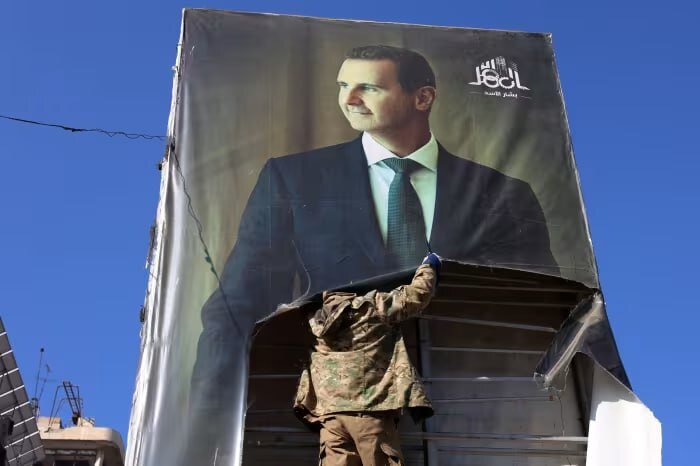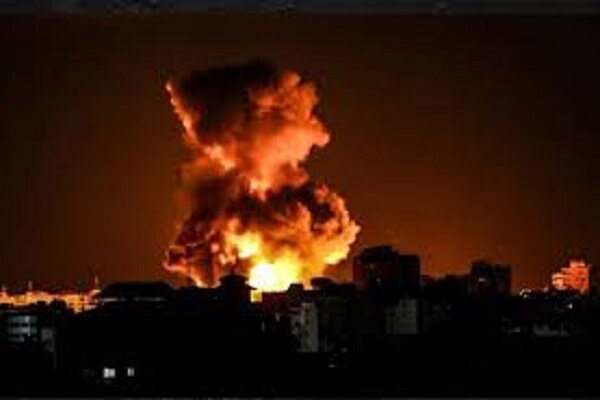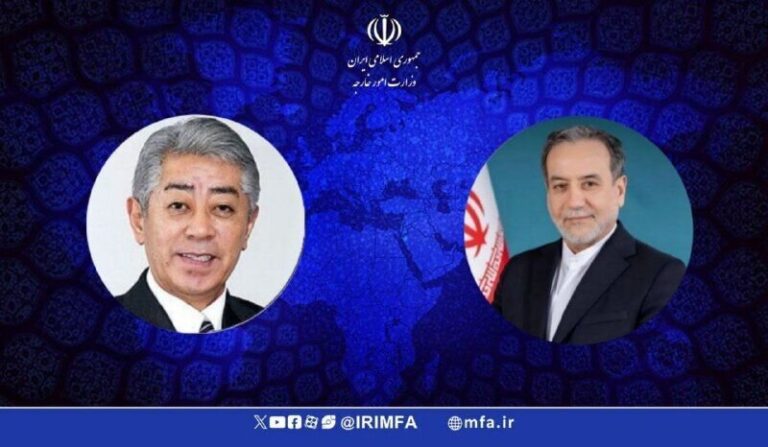UN Report: Syria’s Economic Recovery Could Take Over 50 Years – A Call for Urgent Global Support
The ongoing conflict in Syria has had a devastating impact on the country’s economy, as highlighted by the latest report from the UN Development Programme (UNDP). The report reveals that it will take over half a century for Syria to return to its previous economic levels, making it crucial to focus on long-term recovery strategies.
“Fourteen years of conflict in Syria have undone nearly four decades of economic, social, and human capital progress,” the UNDP stated. This grim assessment underscores the extensive damage caused by the prolonged crisis.
According to the UNDP, “At current growth rates, Syria’s economy will not regain its pre-conflict GDP level before 2080.” This alarming prediction emphasizes the urgent need for robust investment in economic recovery, especially following the recent political changes in the country.
The comprehensive study titled “The Impact of the Conflict in Syria” presents several shocking statistics:
- 90 percent of Syrians now live in poverty.
- Approximately 25 percent are unemployed.
- The GDP has plummeted to less than half of its value in 2011.
The report indicates that achieving a 5 percent annual growth over the next 15 years is vital to restoring the Syrian economy to its 2010 size. UNDP chief Achim Steiner emphasized that “beyond immediate humanitarian aid, Syria’s recovery requires long-term investment in development to build economic and social stability for its people.”
Steiner further elaborated on the necessary actions for recovery, stating, “Restoring productivity for jobs and poverty relief, revitalizing agriculture for food security, and rebuilding infrastructure for essential services such as healthcare, education, and energy are key to a self-sustaining future, prosperity, and peace.”
To facilitate this recovery, a multifaceted strategy is essential. Abdallah Al Dardari, UNDP regional chief for Arab states, outlined the necessary components, including:
- Governance reform
- Economic stabilization
- Infrastructure rebuilding
Such a strategy is crucial for Syria to “regain control over its future, reduce reliance on external aid, and pave the way for a resilient and prosperous future,” Al Dardari noted.
In the backdrop of these developments, significant changes in Syria’s political landscape have occurred. Armed groups, particularly the Hay’at Tahrir al-Sham (HTS) militants, have recently claimed full control over the Syrian capital, declaring the fall of President Bashar al-Assad’s government on December 8.
This shift raises questions and concerns about the future stability of the region and the ongoing humanitarian crisis. Many observers believe that the rise of the Daesh terrorist group, which started its reign of terror in Syria and Iraq in 2014, stems from complex geopolitical dynamics, including the alleged role of external powers.
In conclusion, the UNDP’s report paints a stark picture of Syria’s economic and social landscape post-conflict. The need for strategic investment and a comprehensive recovery plan is paramount to rebuilding the country and restoring hope for its people.
As the international community considers its response to Syria’s plight, it faces the immense challenge of not only addressing immediate humanitarian needs but also laying the groundwork for sustainable development and long-term stability. Without these efforts, the prospects for Syria’s recovery remain bleak.






